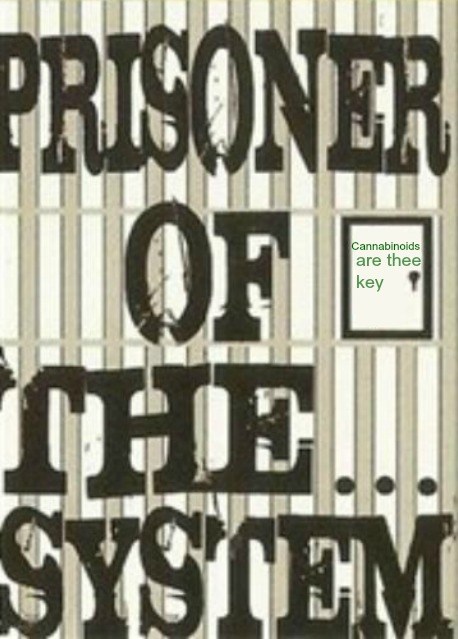Activation-dependent plasticity of polarized GPCR distribution on the neuronal surface.
Source
Laboratoire Neurobiologie, CNRS UMR7637, ESPCI-ParisTech, 10 Rue Vauquelin, 75005 Paris, France.
Abstract
Directionality of information flow through neuronal networks is sustained, at the cellular level, by polarized neurons. However, specific targeting or anchoring motifs, responsible for polarized distribution on the neuronal surface, have only been identified for a few neuronal G-protein-coupled receptors (GPCRs). Here, through mutational and pharmacological modifications of the conformational state of two model GPCRs, the axonal CB1R cannabinoid and the somatodendritic SSTR2 somatostatin receptors, we show important conformation-dependent variations in polarized distribution. Underlying mechanisms include lower efficiency of conformation-dependent GPCR endocytosis in axons, as compared to dendrites, particularly at moderate activation levels, as well as endocytosis-dependent transcytotic delivery of GPCRs from the somatodendritic domain to distal axonal portions, shown by using compartmentalized microfluidic devices. Kinetic modeling predicted that GPCR distribution polarity is highly regulated by steady-state endocytosis, which is conformation dependent and is able to regulate the relative amount of GPCRs targeted to axons, and that axonally polarized distribution is an intermediary phenotype that appears at moderate basal activation levels. Indeed, we experimentally show that gradual changes in basal activation-dependent endocytosis lead to highly-correlated shifts of polarized GPCR distribution on the neuronal surface, that can even result in a fully-reversed polarized distribution of naturally somatodendritic or axonal GPCRs. In conclusion, polarized distribution of neuronal GPCRs may have a pharmacologically controllable component, which, in absence of dominant targeting motifs, could even represent the principal regulator of sub-neuronal distribution. Consequently, chronic modifications of basal GPCR activation by therapeutic or abused drugs may lead to previously unanticipated changes in brain function through perturbation of polarized GPCR distribution on the neuronal surface.


